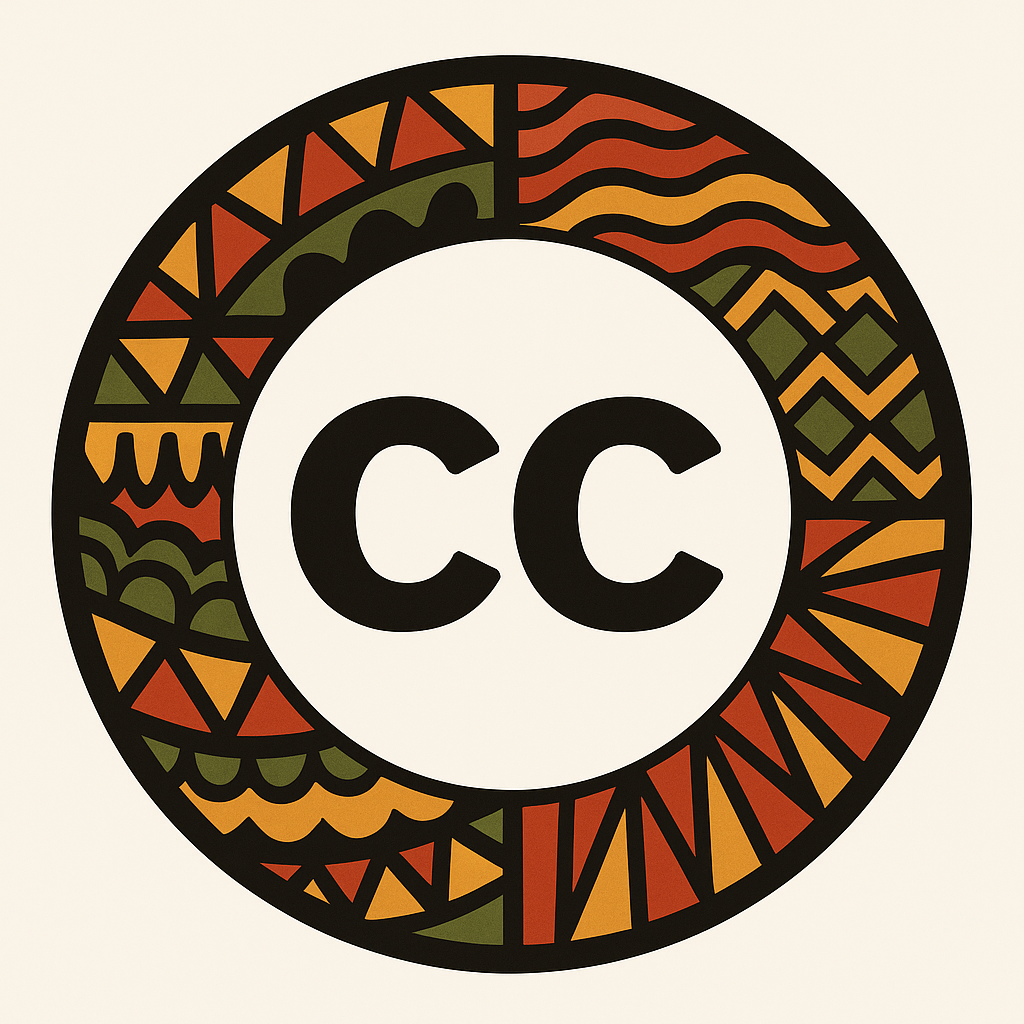Open Licensing and Reuse
 Understanding Creative Commons Licensing: A Practical Guide for Tanzanian Teachers
Understanding Creative Commons Licensing: A Practical Guide for Tanzanian Teachers
When you find Open Educational Resources (OER), the licence tells you what you may do with the material. Creative Commons (CC) licences make it clear whether you can copy, adapt, translate, remix, and share. This guide explains each licence in simple terms so you can confidently use OER in Tanzanian classrooms.
What is Creative Commons?
Creative Commons provides free, standard licences that creators attach to their work. With the right CC licence, you may use, keep, modify, translate, and share materials—as long as you follow the licence conditions. Learn more at https://creativecommons.org.
CC Licence Elements
| BY | You must give credit (attribution) to the original author. |
| SA | ShareAlike — if you adapt it, you must use the same licence on your new version. |
| NC | NonCommercial — no profit/fee-based use. |
| ND | NoDerivatives — you may not modify or translate. |
The Six Main CC Licences (from most open to most restrictive)
1) CC BY — Attribution
[CC] [BY]
You can: copy, edit, translate, remix, and share. You must: credit the creator.
2) CC BY-SA — Attribution + ShareAlike
[CC] [BY] [SA]
Copy, adapt, translate, and share, but you must credit the creator and share your version under the same licence.
3) CC BY-NC — Attribution + NonCommercial
[CC] [BY] [NC]
Classroom use, editing, translation, and sharing are allowed with credit, but no commercial use.
4) CC BY-ND — Attribution + NoDerivatives
[CC] [BY] [ND]
You may copy and share with credit, but you may not edit, translate, or adapt.
5) CC BY-NC-SA — Attribution + NonCommercial + ShareAlike
[CC] [BY] [NC] [SA]
You can edit, translate, and share non-commercially with credit, and you must use the same licence on your version.
6) CC BY-NC-ND — Attribution + NonCommercial + NoDerivatives
[CC] [BY] [NC] [ND]
Most restrictive: you may share the original non-commercially with credit, but no edits or translations.
Quick Allow/Don’t-Allow Summary
| Licence | Use in class | Share | Modify | Translate | Share modified version |
|---|---|---|---|---|---|
| CC BY | Yes | Yes | Yes | Yes | Yes |
| CC BY-SA | Yes | Yes | Yes | Yes | Yes (same licence) |
| CC BY-NC | Yes | Yes | Yes | Yes | Yes (non-commercial) |
| CC BY-ND | Yes | Yes | No | No | No |
| CC BY-NC-SA | Yes | Yes | Yes | Yes | Yes (non-commercial, same licence) |
| CC BY-NC-ND | Yes | Yes | No | No | No |
Three Rules for Tanzanian Teachers
- Always give attribution: title, author, link, and licence.
- Check the licence symbols (BY, SA, NC, ND) before editing or translating.
- Share your improved versions when the licence allows, to strengthen local materials.
Activity 1: Identify a Licence
- Visit an OER site such as OER Africa or OER Commons.
- Open any resource and locate the licence statement.
- Note the licence type and list what you are allowed to do.
Activity 2: Decide What’s Allowed (CC BY-NC)
| Translate to Kiswahili | Yes |
| Sell printed copies to students | No |
| Combine with other materials | Yes |
| Share with a colleague | Yes |
Activity 3: Write a Simple Attribution
Model example: “Plant Cell Diagram” by CK-12 Foundation, CC BY 3.0, available at https://www.ck12.org/